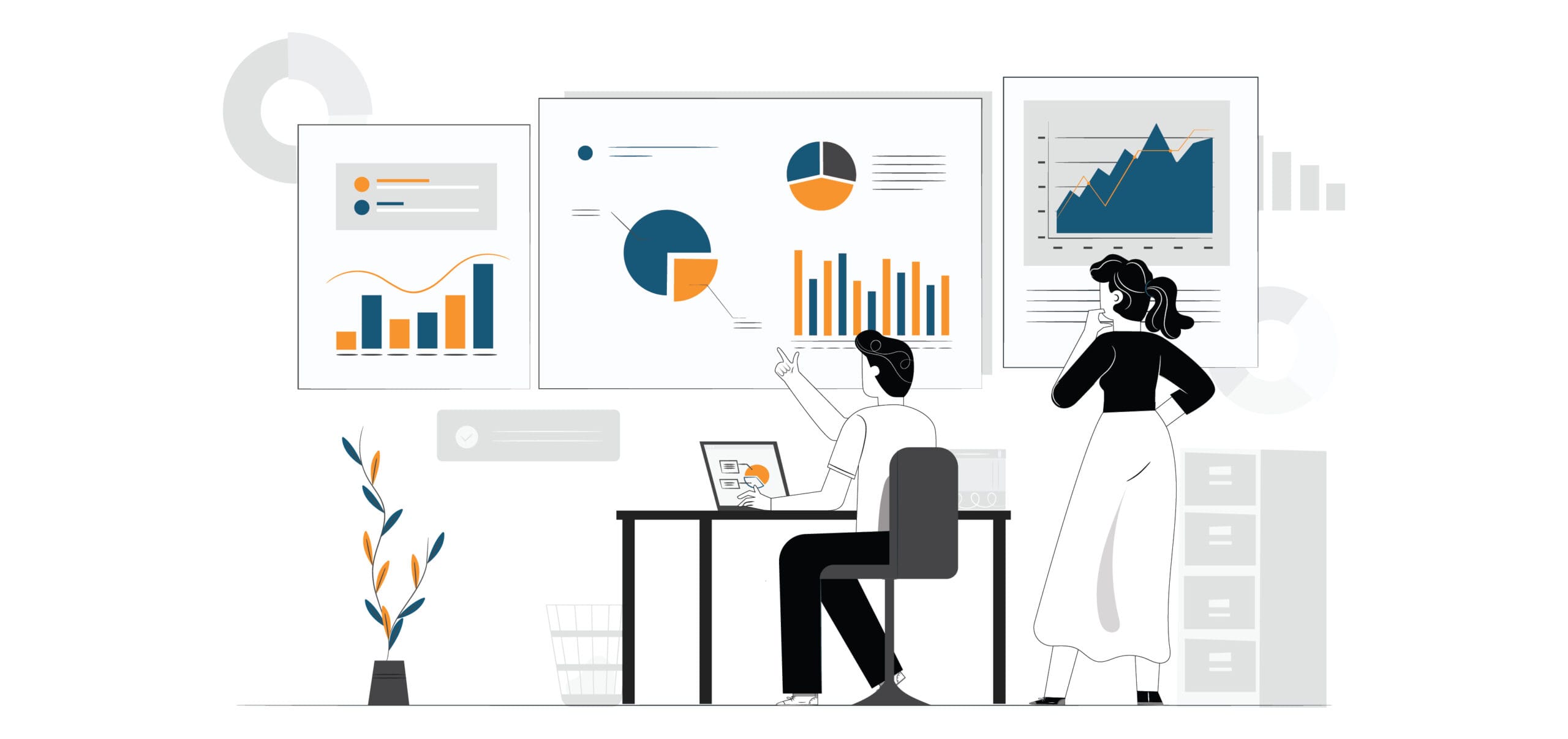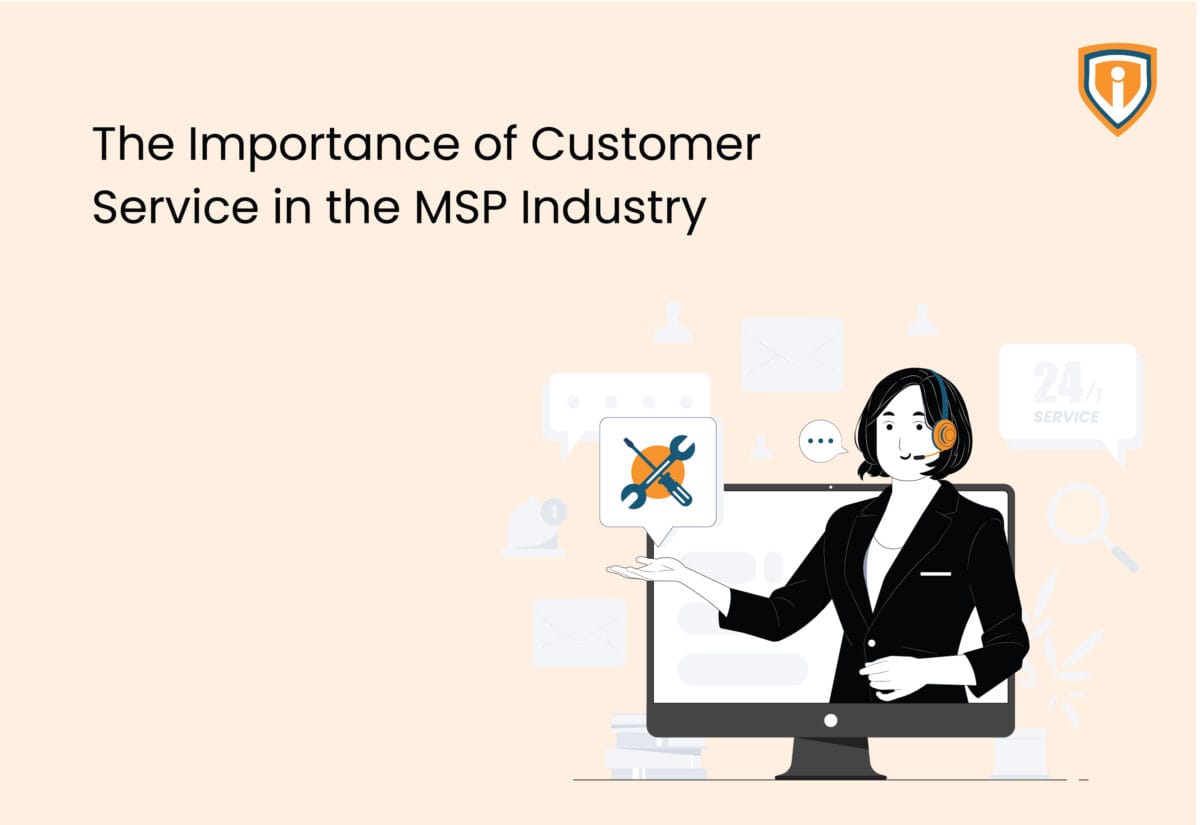Contents
Strategies to improve customer experience as MSPs
- The Onboarding process
- Consistent communication
- Understanding problem areas
- Become a Strategic partner
Evaluating the service
- Customer Retention and Churn Rate
- Revenue and Referrals.
Conclusion.
“You’ve got to start with customer experience and work back toward the technology – not the other way around” said Steve Jobs, the co-founder of Apple.
“Your most unhappy customers are your greatest source of learning” said Bill Gates, the co-founder of Microsoft.
These are some of the biggest IT companies in the world and their customers are at the heart of it. Apple consistently ranks at the top for customer satisfaction. In 2022, Apple’s NPS (Net Promoter Score) was 72, one of the highest in the tech industry, demonstrating strong customer loyalty. In 2023, Microsoft Azure consultancy grew its market share to 23% in the cloud computing space, a significant factor which accounts to their commitment to continuously improving customer experience through tailored solutions, support, and training programs.
Delivering exceptional service goes beyond just meeting technical needs; it involves creating a transparent and responsive environment. It’s about delivering positive customer service through every stage of “the customer journey”. By understanding their journey, businesses can anticipate needs, address pain points, and ensure a smooth transition at every stage. Let’s delve into some strategies that you as an MSP can implement to enhance customer experience and build long-term relationships with your clients.
Strategies to Improve Customer Experience As MSPs:
1. The Onboarding Process
Once a prospect becomes your client, the first interaction of them with you (the first step in the customer journey) is the onboarding, and first impression matters. Nothing like an efficient onboarding process which ensures that customers feel confident in their decision to partner with you. A well-documented and detailed Scope of Work (SOW) serves as a great starting point.
Detailed SLAs and SOW: Clearly define the Service Level Agreements (SLAs) and SOW at the start. These documents should outline expectations, response times, service hours, and specific deliverables. This structure is particularly useful for MSPs offering helpdesk solutions, as it ensures transparency and builds trust from the outset.
Clarity in steps: Make sure the customer understands the entire onboarding process. Probably get on a call to go through the documentation to clarify all steps, expected timelines, and key people whom the client can get in touch with in case of any queries.
2. Consistent Communication
By proactively updating clients on progress, potential issues, or changes, MSPs can prevent misunderstandings and address concerns before they escalate. Your client should never wander cluelessly about the state of a project.
Proactive updates: Keep clients informed about the progress of the onboarding process, any ongoing projects, system updates, or potential issues. Regularly send reports or updates to your clients about their IT environment so they don’t have to wonder or seek information.
In the early years of our business, we encountered a situation with one of our clients where after onboarding the client, there was a standard lead time between signing the agreement and initiating the project. While this lead time was clearly outlined in the Service Level Agreement (SLA), we assumed the client was fully aware of it and therefore skipped updating them during this period.
However, after a few weeks, the client reached out expressing concern about the lack of updates, under the impression that no progress had been made whereas in reality, the team was working on the (pre-project steps?). This experience emphasized the critical need for clear and consistent communication, even when processes are documented, to manage client expectations without any hiccups.
Automate usability reports: Implement automated reporting tools to send clients usage summaries, system health check reports, and ticket status updates, making help desk services even more client-centered.

Timely notifications: The moment an issue is identified, clients should be notified with clear details about what has occurred, even if the resolution is still in progress. Providing updates at regular intervals assures clients that their concerns are being actively addressed. Our NOC services team has eyes on your IT network, round-the-clock. As soon as the PSA tools detect the issue, our team raises a ticket to our MSP client.
The client receives an immediate notification, explaining the situation in clear terms and outlining our initial findings. If the client has partnered with us for more than just Managed NOC services, our team actively starts working on it. Every step of the way, the client is informed—whether it’s progress made, challenges encountered, or the expected timeline for resolution.
3. Understanding Problem Areas
For MSPs, customer satisfaction lies in the ability to address client’s IT issues, minimizing downtime and ensuring there’s no ticket overflow. This requires not only prompt resolutions but also proactive monitoring to identify potential issues. In today’s highly competitive market, providing tailored, value-driven services is what builds long-term relationships.
Prioritize needs: Show customers that their needs are your priority. Invest time in learning about their business and technical challenges, and proactively address problems.
24/7 managed help desk services: Setting up a proficient MSP help desk services team is essential for ensuring that client queries are addressed swiftly. Implement a robust ticket management system to track issues and provide resolutions. The availability of a dedicated MSP helpdesk gives clients peace of mind, knowing help is accessible whenever they need it.
4. Become a Strategic Partner
Rather than simply providing a service, MSPs should aim to become a strategic partner in their clients’ success. This involves understanding the client’s business objectives and offering solutions that align with those goals.
Tailored solutions: Rather than providing one-size-fits-all packages, offer services that cater to the unique challenges of the client’s industry or business model. Offer consultations to help clients stay ahead of technology trends and optimize their IT. By taking the time to understand each client’s preferences and challenges, MSPs can customize their services to meet specific needs.
Client-centric service: Make sure your service delivery is always focused on the client’s preferences. Whether it’s through customized reporting, recommendations, or proactive engagement, providing personalized service will help create a stronger bond.
Evaluating The Service
To evaluate the service that you’ve offered, you need constructive feedback from your customers. By measuring how well you meet their needs and expectations, you can identify areas for improvement and continue to evolve your service offering.
Feedback forms: It’s essential to send feedback forms at the right moment. Regularly seek feedback from customers about the quality of service they’re receiving. This can be done through surveys, direct conversations, or even informal check-ins. You can circulate feedback forms quarterly or after the completion of a project or service delivery. Use open-ended questions to encourage clients to elaborate on their experiences, offering a clearer picture of how well your managed IT solutions team is meeting their needs.
Net Promoter Score (NPS): NPS helps measure how well your service aligns with customer expectations and how likely they are to recommend your service to others. NPS is typically measured by asking customers the question, “On a scale of 0-10, how likely are you to recommend our service to a friend or colleague?”. If NPS scores are consistently low or declining, it may signal that there are issues with service quality, communication, or customer expectations that need to be addressed.
To improve your scores and your service quality, always listen, understand and act. Pay attention to the issues your clients still struggles with, and work on helping them mitigate it.
Customer Retention and Churn Rate
Customer retention is a key indicator of your business’ service quality. Retention is anytime better than customer acquisition and long term relationship with clients indicates exceptional service and high satisfaction. Outsourced Managed IT Solutions from Infrassist has a customer retention of 80% and how we’ve always maintained this because we care. Our tech experts and a listening ear has led us to frequent contract renewals, upsells, and repeat business. Make sure you keep the churn rates low. If clients leave or discontinue services, it can point to issues with your service or customer experience.
- Retention Metrics: Always monitor contract renewals and repeat business to track customer loyalty.
- Analysing and reducing Churn: When customers leave, gather feedback to understand why—whether due to cost, service issues, lack of communication or better prices. Address the root causes of churn to improve customer relationships and reduce the risk of losing clients.
Revenue and Referrals
Revenue growth: Measure how your customer base and revenue grow over time. This can include repeat business, new projects, upselling opportunities, and long-term contracts. High customer satisfaction often leads to greater spending in additional services.
Referral metrics: What better marketing than word-of-mouth, nothing like a client who boasts about your experts, your business and most importantly, your service. To track customer referrals to understand the extent to which satisfied clients are recommending your MSP to others. You can provide monetary incentives or service incentives to the clients that refer your service to new clients, expanding your reach and solidifying your reputation.
Conclusion
By now, you know the importance of customer satisfaction. The crux of the matter is to have a smooth, hassle-free process, tech experts that proactively communicate and reports that leave no questions unanswered – that your customer ends up staying with you and keeps vouching for you.
Get in touch with us to see how we can help with your clients IT as you focus on the more important things such as business growth and customer acquisition.





